What Works to Stop a Dictator: Global Lessons for America. Introduction
We know a lot about the problem, but less about possible solutions and strategies. This 10-country series examines effective approaches, voices, and lessons of resistance to autocracy.
INTRODUCTION
Months before Trump won the 2024 election, I began focusing my attention on the looming question many began to ask with greater concern: what can we do to stop Project 2025 and Trump 2.0? How can we effectively resist this novel, unprecedented, blitzkrieg form of American illiberalism, imposed since he took office with such lightning speed that it feels rightly like a tsunami, just as Project 2025’s architects promised? As more people have joined the growing US opposition to his regime, that burning question continues to dominate American and global conversation. How do you stop a dictator? Where’s the proof of what works?
Throughout 2024, I’d read the growing literature on autocracy. While many authors and journalists have capably dissected the problem of the rising tide of authoritarianism here and globally, few have offered insights into the ingredients of effective resistance. We know a lot about the problem, but less about possible solutions and strategies. That gap serves as the impetus for my own investigative journey.
I think of variations on this question: What might work? What doesn’t or hasn’t worked? Where is the evidence of success? What can we learn from the struggles or failures of grassroots groups and movements elsewhere that can inform our resistance in America? I began to study examples and decided to go talk to the people who’ve done this. What can they tell us about their experiences, positive or negative?
I first envisioned my project as a book composed of ten comparative country case studies of global resistance to autocratic regimes or aspiring right-wing populists. I wanted to identify the ingredients of any success — the really concrete steps and tactics they’d used in battles, and if and how they built a broader political movement to sustain any victories. I also wanted to examine different challenges that we are confronting here in the US, including the war on gender, the attacks on free speech and the media, and the role of religion and faith, for example, to see what we might learn from others. I wanted to talk to these people about how they began to resist, often at great personal risk, and how they view their activism. What might they have done differently? What were personal lessons of resistance?
Students in India have been at the forefront of a national pro-democracy movement against corruption and the autocratic regime of Prime Minister Narendra Modi and the ruling Hindu nationalist Bharatiya Janata Party.
Photo: Sudipta Das/NurPhoto via Getty Images
The evidence case for hope
A big reason I chose to undertake this work is because I know solutions and victories exist. Despite the rise in populism globally, the hard fact is, dictators rarely last long. History has shown us, over and over again, that autocrats and rogue regimes may score a coup, and even get elected by a minority of voters, but they rarely endure, with some exceptions. It’s true that Vladimir Putin remains firmly in power after many decades in Russia, and threatens democracy in next-door Ukraine, the wider region, and globally. But he’s the real exception; the list of fallen dictators is long. Even Syria’s Bashar Assad, long thought a dictator for life, was overthrown by a mass movement.
So the wins are there. It’s been done, and we have a lot learn from how others have achieved this. We can also learn from ongoing struggle: how the brave activists and citizens who remain under Putin’s thumb are surviving, including those who chose or were forced into exile and continue to organize against or report on his regime. They’re on my list for this series.
After pitching my book proposal to a number of publishers this spring, I found that they were quite keen on the idea, but hesitant to commit. They wanted this information to come out now, ideally before the US midterm elections, rather than in two years, which is the typical time it takes to get a book out to market. Some wondered about the reader audience for another book about autocracy, despite my focus on solutions. Their responses prompted me to revise my project and timeline and publish this research here on Substack as more of a reporting field diary series. I still hope to consolidate my findings into a future book. But this way, I can immediately share the organizing lessons and practical insights so they can be of use now, not only to us here but to global citizens facing autocratic regimes at home.
The diary format also offers advantages because I don’t face the same word limits as with a book. I can share more of my personal journey and aspects of travel and draw fuller portraits of the people and groups I meet. I may look beyond my initial ten comparative country cases, too. Having pivoted, I began doing background research and made my first trip in June, starting in Argentina, then Brazil. I have a goal of completing the bulk of my travel by spring 2026.
I’ve decided to examine resistance struggles that represent a range of outcomes, from success to partial success and to failure. I also aim to identify any big factors that can tip the scale. Broad economic, social, political, and other forces, such as technological developments, shape our daily lives and expectations for the future. Covid, for example, became a political lightning rod in the US, helping to unify and energize the MAGA base. It also impacted the political fortunes of populist autocrats elsewhere.
Thousands of Brazilians rallied against autocratic ex-president Jair Bolsonaro’s denialism and handling of the Covid epidemic in 2021 — a major factor that contributed to his electoral defeat by leftist labor leader Lula da Silva in 2023.
Photo: Reuters
What can take us forward?
A big reason I wanted to undertake this work now, more quickly, is because I’m seeing so many Americans, including long-time activists in my circle, who feel a degree of despair and uncertainty about if and how we can build an effective national resistance to Trumpism. They feel the political left in America remains fractured and is missing a progressive concrete blueprint for regaining power that compares to the radical agenda of a Project 2025. Some view the amorphous shape of our loose, organically-growing opposition movement as rudderless, needing a standout charismatic national leader, and missing a unifying political vision and concrete agreed-upon platform for action.
Who’s in charge? They ask. Who can pull us forward? It’s great to turn out thousands of people to march, but we need to do more. People are ready to do more. The mass energy of our current mobilization needs to be directed, to build muscle and teeth, to really move the needle to remove Trump. We might lose momentum if we don’t do that. What is it we’re trying to build? What are our top targets? Where’s a model? They’re hungry for ideas and inspiration, and above all, evidence that it can be done.
US pro-democracy advocates demand that Senate Minority Leader Chuck Schumer and Democrats in Congress hold the line to stop further Trump federal budget cuts. September 15, 2025.
Photo: Adam Daly
So their questions are on my short list here, too. I’ve gone looking for the specific examples and details of how groups or social movements have managed to transform from small, single-issue or siloed activist coalitions into broader, effective social movements without fracturing or overly compromising on their core beliefs. I’m looking at any examples of social movements that remained decentralized and multisectoral but managed to organize against a common enemy and rebuild platforms for effective action. I don’t have any illusion that we’re going to suddenly produce a mass national progressive movement in the US under a single leader where we all agree. That’s not what we have. We have many groups coming together, some for the first time, with little experience working together and different agendas. So where’s the model that lets many hands steer the ship? That’s the decentralized opposition model that might serve America. Who has built that anywhere?
I’m also less interested in political theory than field practice. I’m asking: How did you begin to fight back? How did you choose your target? What did you do to unite your coalition? What was in your playbook? Please be specific. What happened when they started shutting you down, threatening to arrest and jail activists? What advice can you share with us? One big question I’m asking is, how do you deal with differences of opinion and conflict in your organizing?
Polish citizens at a massive June 2023 pro-democracy protest in Warsaw against violations of the constitution and eroding civic rights by the ruling rightist Law and Justice party (PiS) led by hardline leader Jaroslaw Kaczynski. The protest was led by centrist Donald Tusk and labor leader Lech Walesa. In September 2025, Tusk became Prime Minister in a new coalition government led by newly elected President Karol Nawrocki of the PiS party.
Photo: Wojtek Radwanski | AFP - Getty Images
How quickly can we move the needle?
Time is a major factor in the resistance picture too, of course. Syrians endured a horrific Assad regime marked by extreme repression and torture for years. Putin is still at it. How quickly we might apply any lessons distilled from others will depend largely on what insights or tools we find useful and how we try to apply them, within the specific context of our political reality in America. Still, it helps a lot to know what tools we might use, and why, and to what effect. I also want to know how groups or movements define and measure their progress or success.
The big picture question for me remains: what’s worked anywhere to overcome an autocratic regime that might be replicable in the US now, with Project 2025-as-Trumpism? And while I’m focused on field lessons for America, I’m confident that these will be relevant for many people around the world. Populism is on the rise everywhere, while democracy is on the decline in many countries, or is newly imperiled.
We’re also in a very different post-Covid moment now, one where many people report being more divided and isolated than ever, and less trusting of political leaders and institutions and the media. One in which the internet and social media channels not only serve to broker increasingly siloed conversations, but as platforms for disinformation, gaslighting, censorship, and doxing of critics. We’ve seen other governments and outside actors seek to influence our elections. Over the past two years, the revolutionary arrival of artificial intelligence programs has also accelerated everything, changing our world at warp speed. Digital tools such as facial recognition software serve autocrats and regimes focused on control and citizen surveillance and maintaining power. All these factors also serve and shape our resistance, offering new tools to fight back. But it also feels like new and unfamiliar territory, even if the face of autocracy may be familiar.
Hungarian pro-democracy protesters hold up a sign with the eyes of Hungarian autocrat Prime Minister Viktor Orban to protest his regime’s adoption of digital surveillance tools against journalists and government critics and demand respect for freedom of speech. 2021.
Photo: Anna Szilagyi | AP
The greater task: modeling democracy as we resist
I also learned something else early on as I began planning my field research. It seeded my curiosity and gave me hope in the bigger picture for democracy. I want to share it here at the start, because it reveals how one can, and must, model democracy and democratic values to build effective non-violent opposition, even while actively under the repressive thumb of autocracy. It’s critical to do so, because a responsive democracy will be needed to replace a dictator if and when they are overthrown. I point this out because what works to rout a dictator may not deliver a durable peace. Getting rid of the dictator is step one, but step two is the real victory. That’s the democracy we need to rebuild.
I’ll share an example I read about about as I began dissecting Project 2025 in the fall of 2023. It’s a look-back reflection by opposition leaders in Hungary. We now know the far-right blueprint for remaking America was closely modeled after the regime of Viktor Orbán, Hungary’s longtime autocratic leader and head of the ruling far-right Fidesz party. He developed a basic recipe for illiberalism that he began actively promoting at annual global gatherings of conservatives, including key players in Project 2025 who began traveling to Hungary after 2020 to take notes. Vice-President J.D. Vance was among them; so were Russell Vought and Kevin D. Roberts, who’s at the helm of the Heritage Foundation and helped steer Project 2025. So were a number of influential right-wing media personalities, including Tucker Carlson.
Orbán touts three main ingredients in his basic illiberal recipe. One, capture the vote. Two, gain a majority control of Congress and the courts. Three, take control of the media and the message. Orbán’s Fidesz party secured a majority in their Parliament and began changing the rules and even Hungary’s Constitution in order to rule with greater impunity. He put billionaire oligarch cronies in charge of state media companies, then consolidated them into a big media channel that produces a daily stream of propaganda for Orbán and Fidesz. That’s the playbook Trump’s circle has followed and which is laid out in Project 2025. That’s exactly what Fox News, Elon Musk’s X platform, and now Truth Social are designed to do: serve as echo chambers for Trumpism.
Russian youth join diaspora activists protesting Putin’s anti-democratic policies and his war against Ukraine.
Photo: The Atlantic Council
But about the seeds of hope....
I read that after 14 years since Orban was elected, he and Fidesz continue to rule with force, or try to. And yet, Orbán’s popularity is now weaker than ever, based on public polls. That’s because of what began years ago: a public conversation about civics and democratic principles that started quietly and got louder in the years after he was elected. It didn’t start right away, either, because Orbán was elected and implemented his recipe for autocracy in stages. But after losing their rights and watching key institutions of their society fall apart one after another, a very local, village-led civic conversation began among ordinary citizens.
Opposition leaders contend that the conversation model had been largely forgotten in the years before Orbán won. Hungary had stopped teaching civics in school and actively educating younger people about democracy, they say. Perhaps they’d taken their democracy for granted. Losing their rights under Orbán woke them up to what they were losing, and more importantly, what they cared most about. It was an ordinary, people-led conversation, at kitchen tables, not by established pols, necessarily. They began naming what had gone wrong and what they cared about. Not only the bread-and-butter issues like jobs but political corruption and political transparency.
While Orbán represented the immediate problem and threat, he was first elected because he was willing to offer solutions, as odious as they’ve proved. He was willing to metaphorically clean house, even if he broke things. What had the other parties offered? What use was getting rid of Orbán and Fidesz if they were replaced by the same old, same old? What did they want? They had to name it. They had to see where they could shore up local institutions and model democratic principles. The kitchen table civic conversations expanded, trickled up. People began more openly challenging their local electeds, demanding accountability; some considered a run for the local school board, or other civic positions. More expressed support for the new opposition party, Tisza (Respect and Freedom), led by Peter Magyar, a conservative who defected from Orbán’s circle.
A pro-Tisza (Respect and Freedom) party rally led by opposition leader Peter Magyar in Budapest on March 15, 2025 marking the anniversary of the Hungarian revolution against the Austrian Empire in 1848.
Photo: Attila Kisbenedek | AFP.
As it stands now, Tisza is the largest center-right opposition party and is poised to unseat Orbán and Fidesz in the coming presidential elections. In June, the opposition party led by 15 points over Fidesz in polls, and Tisza just won a significant majority in the early September legislative elections. The focus on local organizing appears to be paying off. Orbán is actively acting to gerrymander districts to try to gain Fidesz more votes. As it stands, Orbán could lose the popular vote and still win a parliamentary majority. But his days appear numbered.
While it looks hopeful, I wonder to what degree Tisza represents a democratic alternative as a center-right party. Hungary is a very Catholic country, and many identify as conservative. To what degree has the purported civic renewal really created stronger institutions or transparency or a more democratic resistance platform to address the critical issues that still challenge Hungary’s future? Orbán campaigned on a promise to jump-start the economy and stop immigration. He began by sealing Hungary’s border and blaming immigrants for Hungary’s economic problems. But the jobs numbers and inflation are bad, worse now, and grocery prices are still high. Voters aren’t buying his illiberal solutions.
All of this has resonance for the US, where Trump has recently instructed Republican leaders to gerrymander districts to secure more votes in the midterm elections and hold on to a Congressional majority as his own star slips in the polls.
Hungary’s case illustrates our need to keep our eyes trained on step two, which is the model of democracy that has to follow autocracy. As I look for examples of what works, or what might work, I am examining the degree to which a given resistance struggle or victory lasted beyond the removal of the dictator. How has an opposition group organized in a manner that reflects and strengthen democratic ideals and structures? What has happened with collaborative decision-making and power-sharing? Where are the voices of youth and those most impacted by regime attacks? To phrase it as Orbán might: What are key ingredients or features that mark effective democratic resistance? What can groups abroad teach us about step two?
Nepalese student protesters leading a fast-growing pro-democracy movement against the political elite in Kathmandu, September 2025, where one in four Nepalese citizens live below the national poverty level.
Photo: Prabin Ranabhat | Agence France-Presse - Getty Images
A few caveats before the journey....
I want to stress that I am not starting my reporting journey with preconceived ideas of what I will find, apart from noting as I did above that despots rarely last long, and there’s ample evidence of their fall. As I write, Orbán is struggling and Bolsonaro in Brazil just got sent to jail for 27 years for plotting a coup (though he can appeal it), while Javier Milei in Argentina recently faced his biggest street protests to date. All are current examples of strong resistance movements at work. I also don’t claim to be an expert in the political history of any of my target countries or social movements, though I’ve visited and reported from over half of them. I’m doing background research for all of them, to learn the basics about the key players in the sectors I’m meeting, so that I arrive at our conversations as a somewhat informed reporter, with some historic, political, or cultural context. All the better to appreciate and understand what others share with me. But I am approaching my inquiry with an open mind. I’m looking for hope, and evidence of hope, but not false hope. I’m looking for tangible, measurable proofs of concept. And I’m just as interested in learning from setbacks.
Above all, I’m excited to meet and talk to the many people who have taken up the challenge of defending democracy against high odds. I also know that there are many other actors and stakeholders, and specific actions that have contributed to a given victory against a given regime, and they also deserve acknowledgment. I’m not seeking to be definitive in this reporting series, either, but to shine a few positive spotlights on groups and country examples that merit our attention.
Finally, what happens in one country, with one group or coalition, is specific and unique and reflects that political system and culture and history, so one needs to be careful about assuming that what works, or partly worked, or failed in one context or country will produce the same result in other. It might; it might not. It can be adapted. That said, gaining insight into how others have fought back can inform and inspire our efforts in America – and elsewhere.
Thousands of Romanians rally in Bucharest in May 2025 to support Romania’s new membership in the European Union and path to adopt the Euro and join the Eurozone.
Photo: Daniel Mihailescu | AFP
About this series:
Along with Hungary, I have Argentina, Brazil, Serbia, Poland, Germany, Russia, Chechnya, Uganda, and India on my initial list of country cases to research. Some feature frontline organizers of key battles; others are journalists or scholars. I’m including the perspective of exiled and diaspora activists in some countries. I’ve decided to follow the organic order of my trip interviews and encounters, so you can learn as I have, allowing perspectives to fill in and layer the lessons. I’m also including moments and images of things and places that catch my eye in these cities and reflect local culture – streets, street art, music, public buildings, memorials -- and provide social and historic context for the present political moments.
“Wake Up Nepal!” cried Gen Z protesters in anti-corruption protests in Kathmandu that started Sept. 8 and were peaceful until police clashed with youth, and began shooting at protesters, killing 72 people. Unknown individuals also set the Parliament and government buildings and a new Hilton Hotel on fire, leading to a collapse of government leadership. A new interim prime minister, former Chief Justice Sushila Karki, 73, now Nepal’s first woman PM, is in charge of holding national elections on March 5.
A special invitation to new readers:
As regular readers of our newsletter know, we long opted to keep access to our Resisting Project newsletter free because we feel strongly that our content and reporting on the US resistance should reach the broadest audiences. But we invite those who appreciate our work and can afford to upgrade to a paid subscription or a donation to do so. It goes without saying that I’m deeply grateful to those of you who make that extra commitment to upgrade. Paid subscribers for the global series will be getting extra perks that come with it, including monthly podcasts and a Q&A with me and special guests featured in this series.
For this global series, I am offering a special annual subscription offer now of $25 for the entire global series -- the cost of such a book. You’ll get more than what would be included in a big book, too, including the perks of a paid subscription. You can access that special offer here.
This will support the travel and production costs, which are about $2500 per country, including hiring a local interpreter and possibly a small video crew to tape interviews for future podcasts and digital content on other platforms. If 500 people upgrade for this series, I’ll be halfway there; with 1000, I can cover it. I plan to launch a crowdfunding campaign to raise funds for it. As readers know, I don’t have a grant for this reporting work yet, nor a book advance. I started self-financing this research because I want to get it started now, given how urgent it feels to all of us to know What Works to Stop a Dictator – and what not to do. This is labor intensive reporting, and I’m honored to do it. But it takes a lot of work.
I’m not asking this lightly. If you find what I’m doing here really useful and can afford an upgrade, please consider becoming an inaugural subscriber to the global series. That will help assure the content can stay free to the largest audiences. Right now, I’m going to make the first reports in each country free, and see how it goes.
For the first time, I’m also seeking sponsors and will consider selected aligned advertisers who can help underwrite the reporting. If you’re an individual or represent an organization or media entity that can support this work, please get in touch and we can discuss possible ways to support. I also welcome reprints in and by larger media outlets and in other languages, and collaborations. Please contact me at gendemocracy2025@gmail.com to discuss any possible sponsorship or ad buys or amplification collaborations of the content. I am also inviting any of you who have deeper pockets to consider making a larger donation. As Haitian proverb goes, men anpil, chaje pa lourd. With many hands, the burden is lighter.
I also welcome your feedback and help to share this content.
Let me know what especially resonates. I’ll be including images, a local playlist of music, and links to relevant resources for each country. I plan audio podcasts of this series on You Tube and other platforms. For now, you can listen to an audio version or read this content in any language using the Substack link.
Finally, please help us share this content by restacking, and sharing links on your other social media platforms or to your networks. Together, we can elevate the messages of What Works to Stop a Dictator.
Let the journey begin. – ACD






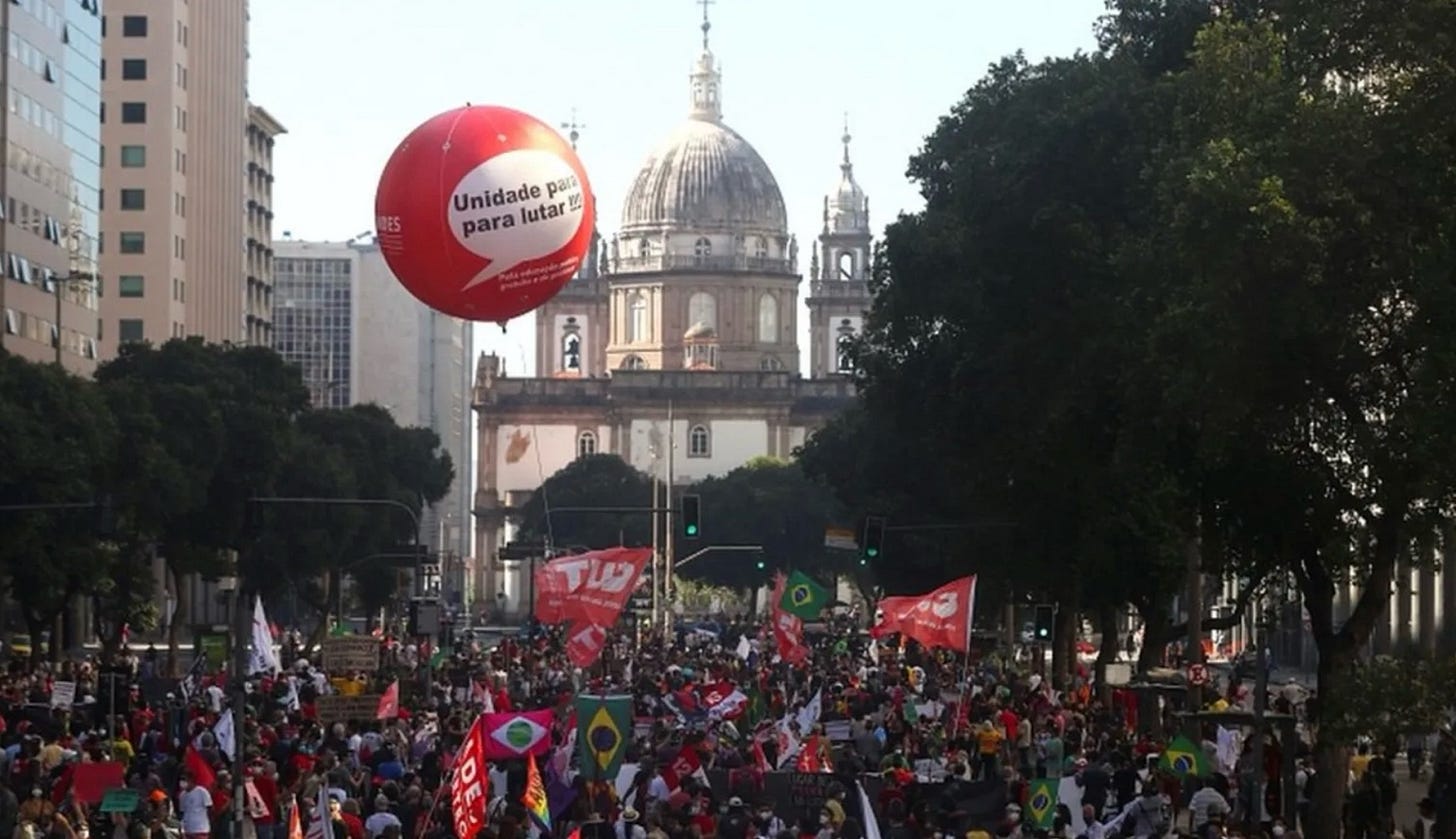
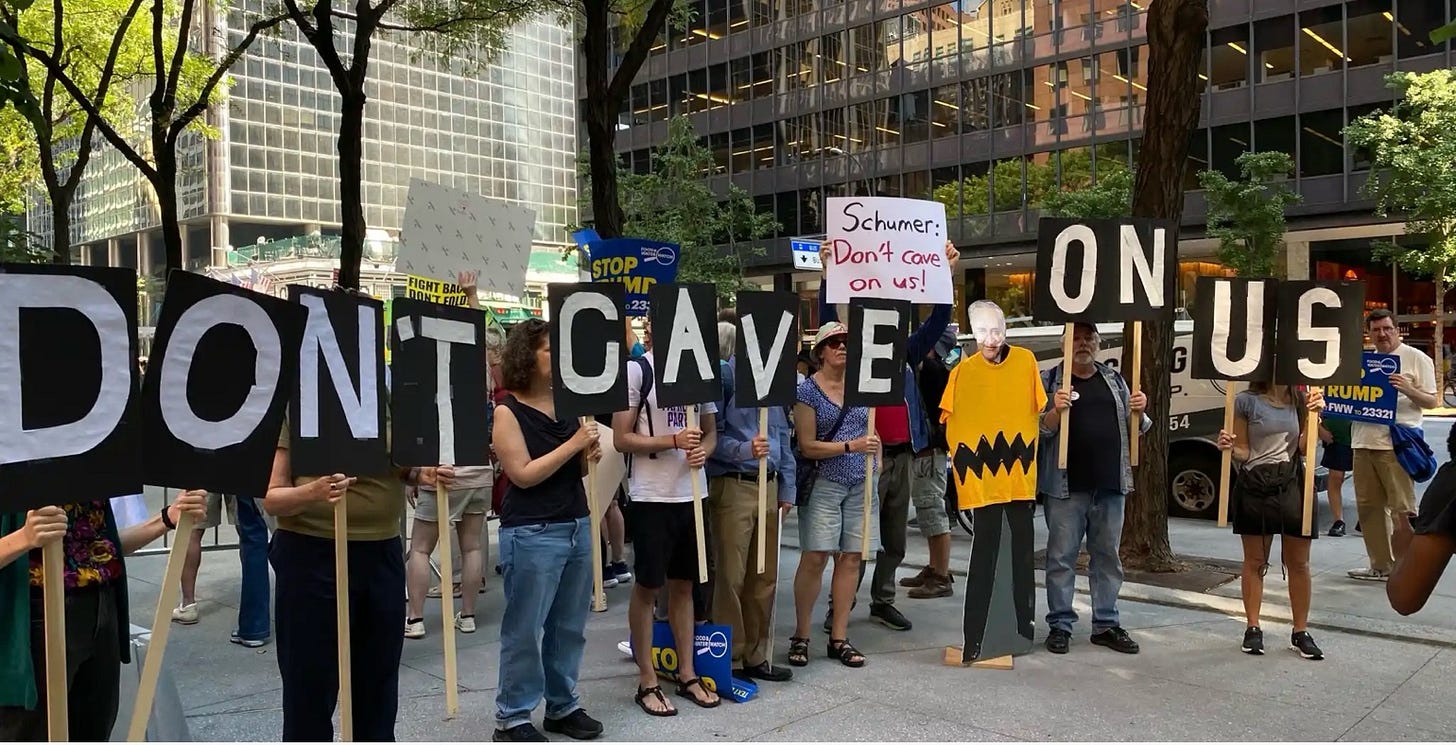
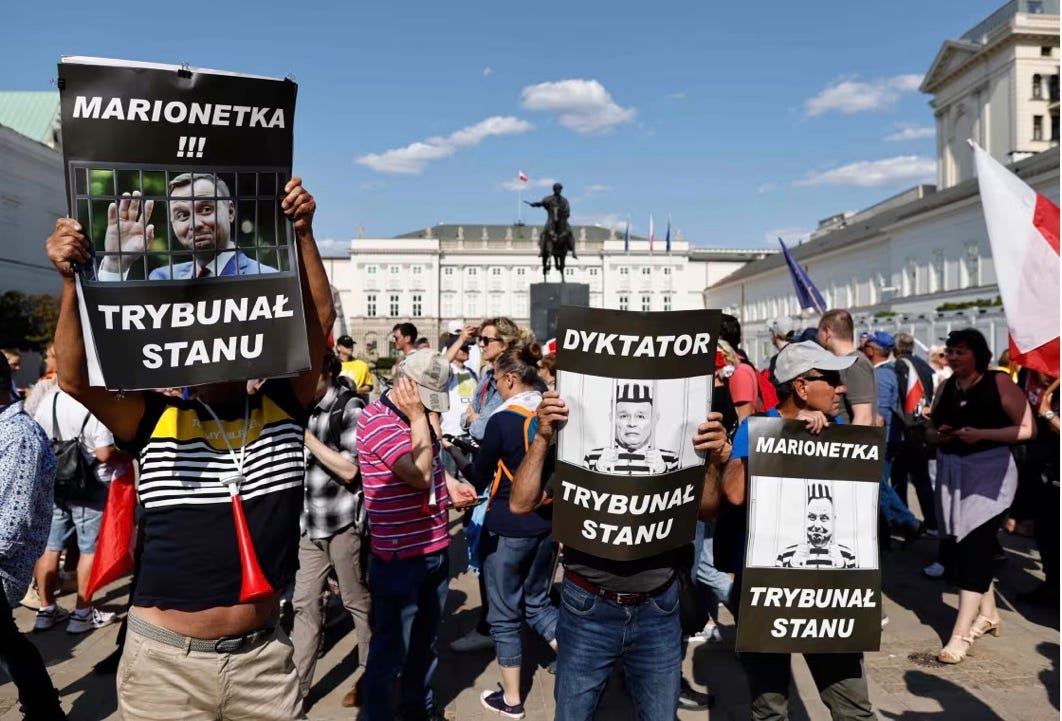

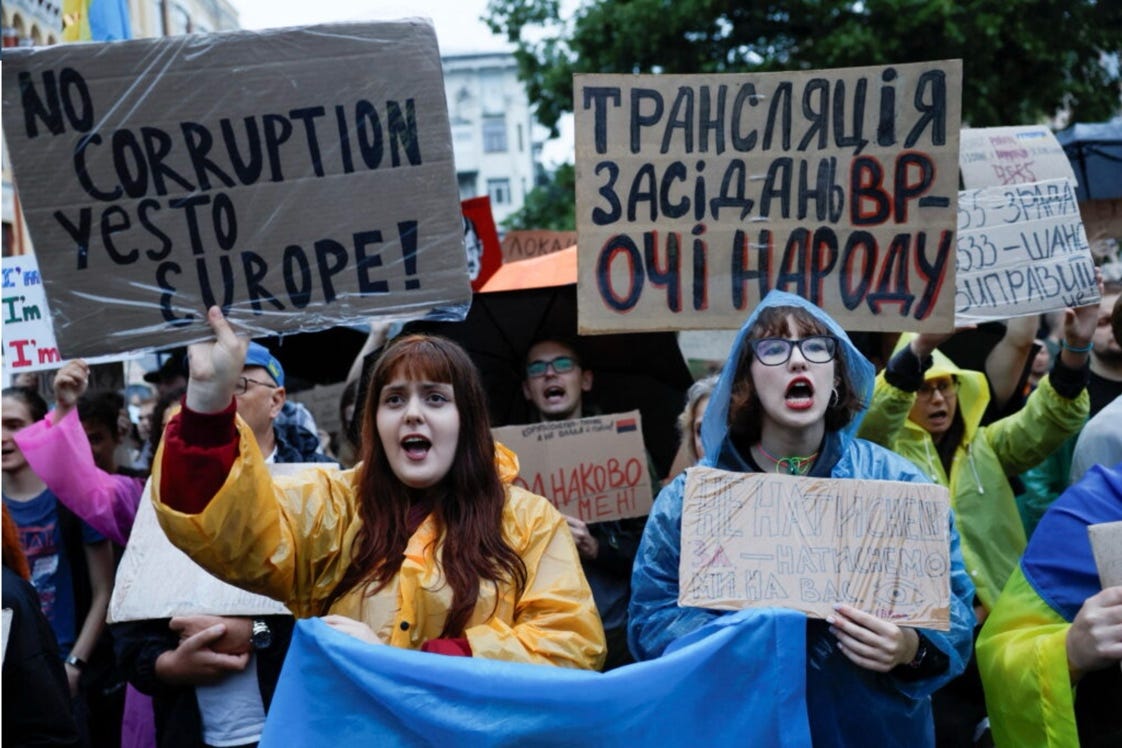

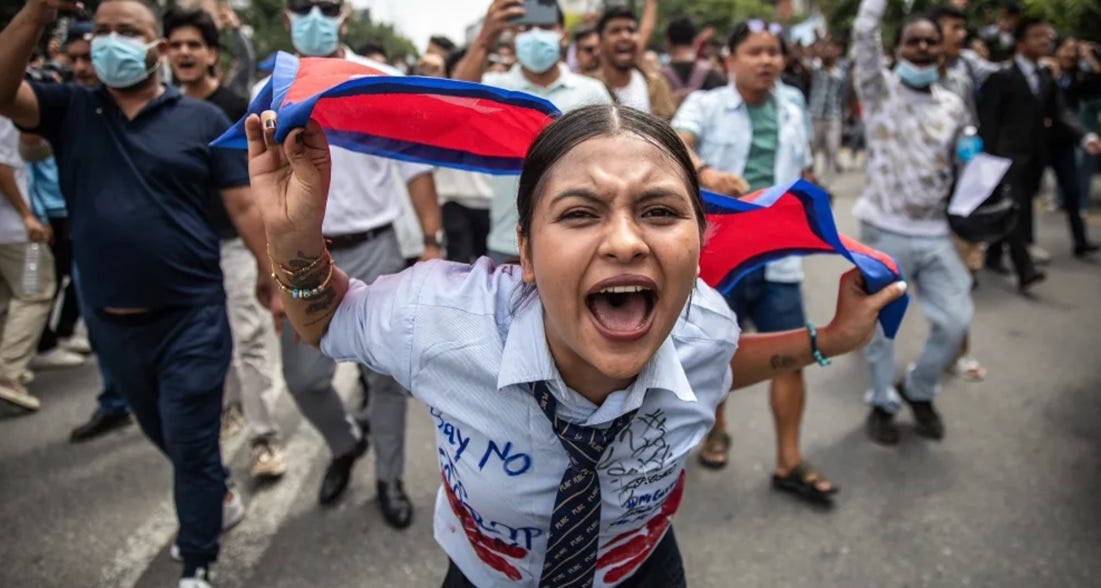

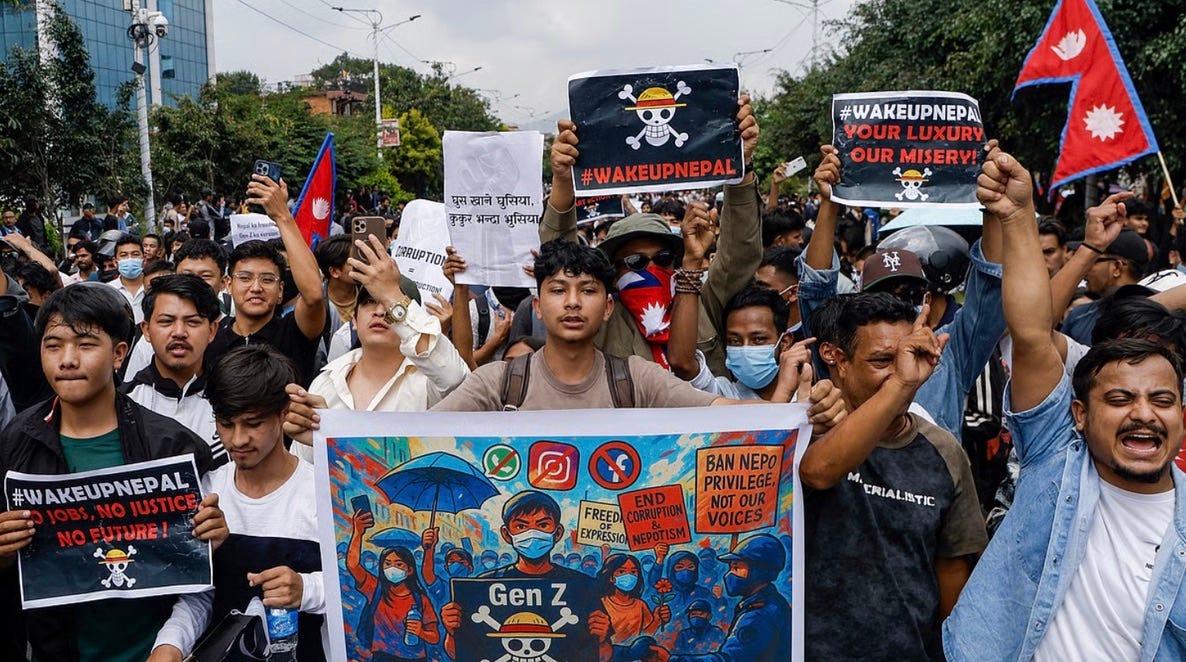
Ban outlaw Project 2025's 932 page blueprint! shutting down DOGE, banning outlawing age verification laws A.i citizens united alien enemies act!! instock trading dark money assault weapons mass shootings nationwide, illegal deportations illegal ICE raids racial profiling gerrymandering voter suppression child sex trafficking pedo ring!!! child sex abuse child molestation, sexual assault sexual harassment rape animal cruelty hate crime and more!!!! all of these things should be banned outlawed made illegal and a crime nationwide forever.